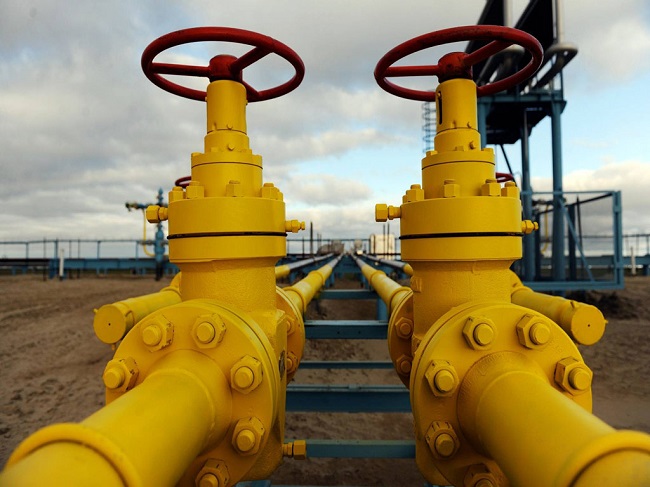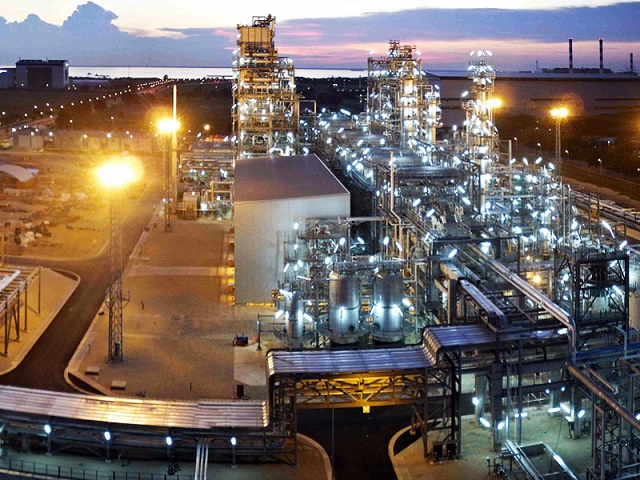
Petroleum Industry
The petroleum industry consists of six main sectors: exploration for reservoirs of crude oil and natural gas; reservoir development; production or lifting of oil and gas; transportation or transmission; refining of crude oil into refined petroleum products; and the marketing (distribution) of these refined products and of natural gas. Exploration, development, and lifting (or extraction) are generally referred to as the ‘upstream’ activities of the petroleum industry (or the ‘crude petroleum industry’) while the refining and marketing of petroleum constitute ‘downstream’ operations. Transportation provides the link between the ‘upstream’ and ‘downstream’ segments; this book treats it as part of the industry’s downstream activities. In the material that follows, we shall refer to the production of oil; unless otherwise specified, similar factors hold for natural gas.
The oil & gas industry is broken down into three segments: upstream, midstream, and downstream.
Upstream, or exploration and production (E&P) companies, find reservoirs and drill oil and gas wells. Midstream companies are responsible for transportation from the wells to refineries and downstream companies are responsible for refining and the sale of the finished products.
Drilling companies contract their services to E&P companies to extract oil and gas.
Well-servicing companies conduct related construction and maintenance activities on well sites.
Upstream
Upstream businesses consist of companies involved in the exploration and production of oil and gas. These are the firms that search the world for reservoirs of the raw materials and then drill to extract that material. These companies are often known as "E&P" for "exploration and production."
E&P companies are often valued by their oil and gas reserves; these untapped resources are the key to their future earnings.
The upstream segment is characterized by high risks, high investment capital, extended duration as it takes time to locate and drill, as well as being technologically intensive. Virtually all cash flow and income statement line items of E&P companies are directly related to oil and gas production.
Midstream
Midstream businesses are those that are focused on transportation. They are the ones responsible for moving the extracted raw materials to refineries to process the oil and gas. Midstream companies are characterized by shipping, trucking, pipelines, and storing of the raw materials. The midstream segment is also marked by high regulation, particularly on pipeline transmission, and low capital risk. The segment is also naturally dependent on the success of upstream firms.
Downstream
Downstream businesses are the refineries. These are the companies responsible for removing impurities and converting the oil and gas to products for the general public, such as gasoline, jet fuel, heating oil, and asphalt. They also distribute derived products such as waxes, lubricants, and many other petrochemicals. The midstream is often considered a part of the downstream.
The oil and gas industry is one of the largest sectors in the world in terms of dollar value, generating an estimated $3.3 trillion in revenue annually. Oil is crucial to the global economic framework, especially for its largest producers: the United States, Saudi Arabia, Russia, Canada and China.
Oil Production
E&P companies measure oil production in barrels. One barrel, usually abbreviated as bbl, is equal to 42 U.S. gallons. Companies often describe production in terms of bbl per day or bbl per quarter.
A common methodology in the oil patch is to use a prefix of "M" to indicate 1,000 and a prefix of "MM" to indicate 1 million. Therefore, 1,000 barrels are commonly denoted as Mbbl, and 1 million barrels are denoted as MMbbl. For example, when an E&P company reports production of seven Mbbl per day, it means 7,000 barrels of oil per day.

Gas Production
Natural gas production is described in terms of cubic feet. Similar to the convention for oil, the term Mmcf means 1 million cubic feet of gas. Bcf means 1 billion cubic feet and Tcf represents 1 trillion cubic feet
Note that natural gas futures trade on the CME Group futures exchange, but are not measured in cubic feet. Instead, the futures contract is based on 1 million British thermal units, or MMBtu, which is roughly equivalent to 970 cubic feet of gas. For this reason, investors frequently think of an Mcf of gas as being roughly equivalent to one MBtu
E&P companies report their oil and natural gas reserves—the quantity of oil and gas they own that is still in the ground—in the same bbl and mcf terms. Reserves are often used to value E&P companies and make predictions for their revenue and earnings. Public oil and gas companies are required to disclose proven oil and gas reserve quantities as supplementary information, but not as part of their financial statement.
Drilling and Service Companies
E&P companies do not usually own their own drilling equipment or employ a drilling rig staff. Instead, they hire contract drilling companies to drill wells for them and the contract drilling companies generally charge for their services based on the amount of time they work for an E&P company. Drillers do not generate revenue that is tied directly to oil and gas production, as is the case for E&P companies.
Once a well is drilled, various activities are involved in generating and maintaining its production over time. These activities are called well servicing and can include logging, cementing, casing, perforating, fracturing, and maintenance. Oil drilling and oil servicing thus represent two different business activities within the oil and gas industry.
As is the case for drilling, many public companies are involved in well service activity. The revenue of service companies is tied to the activity level in the oil and gas industry. Rig count and utilization rates are indicators of the amount of activity happening in the United States at any given time.







